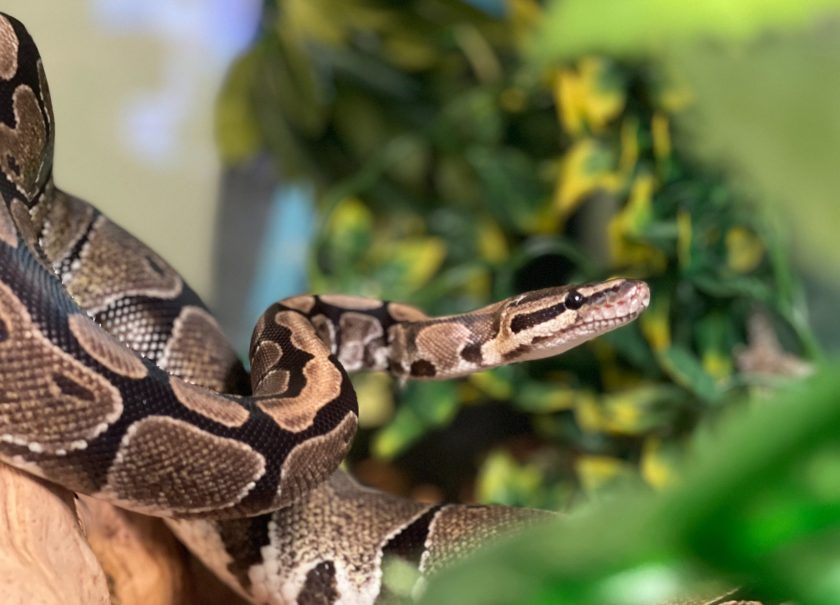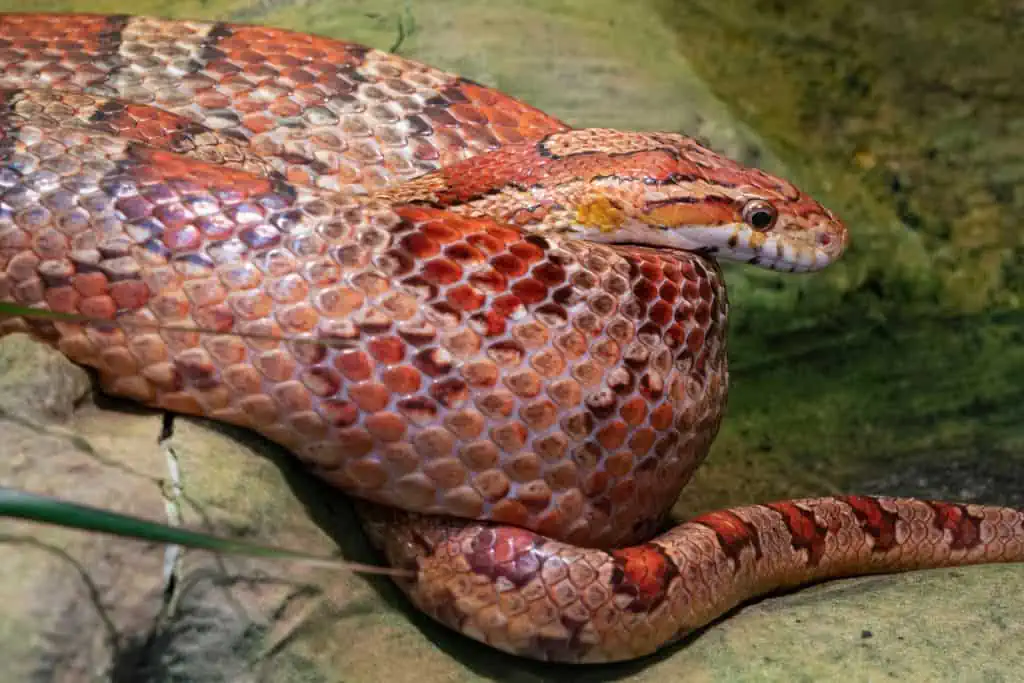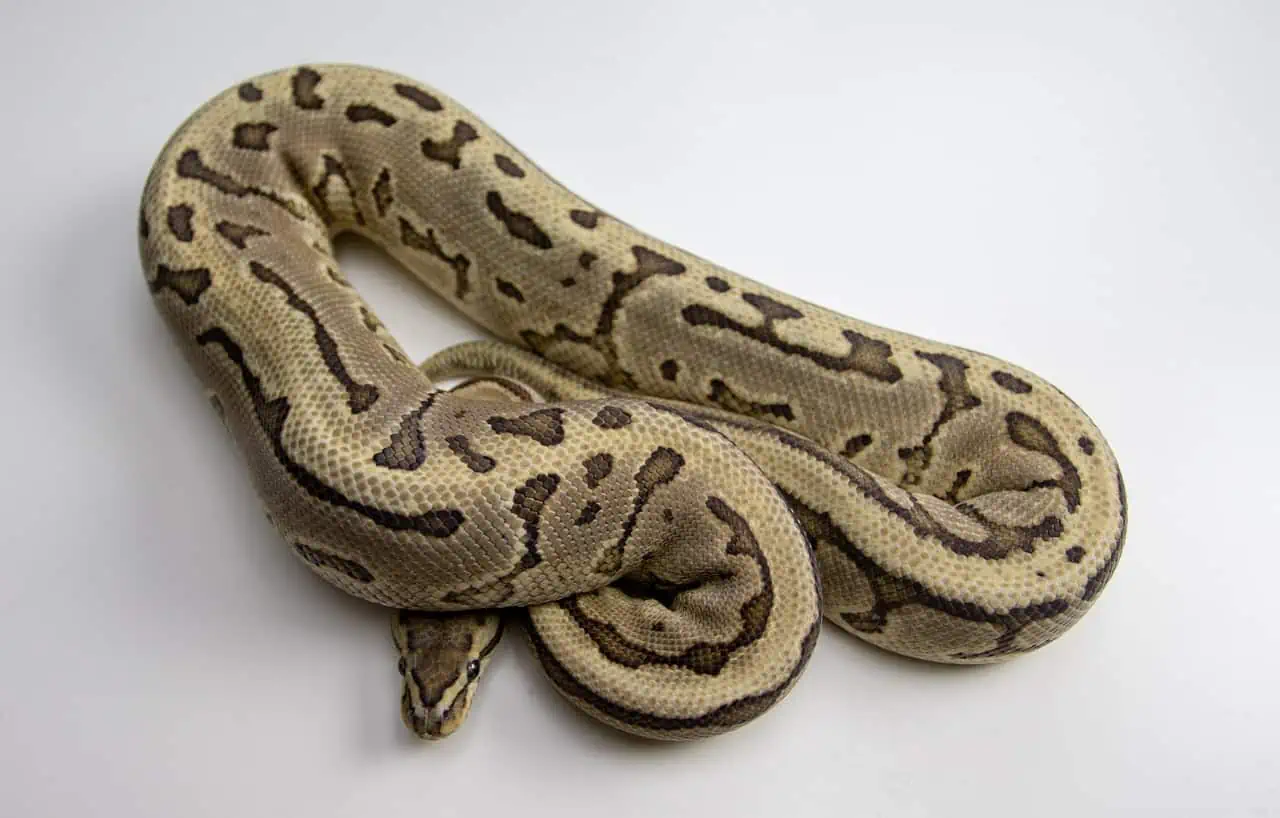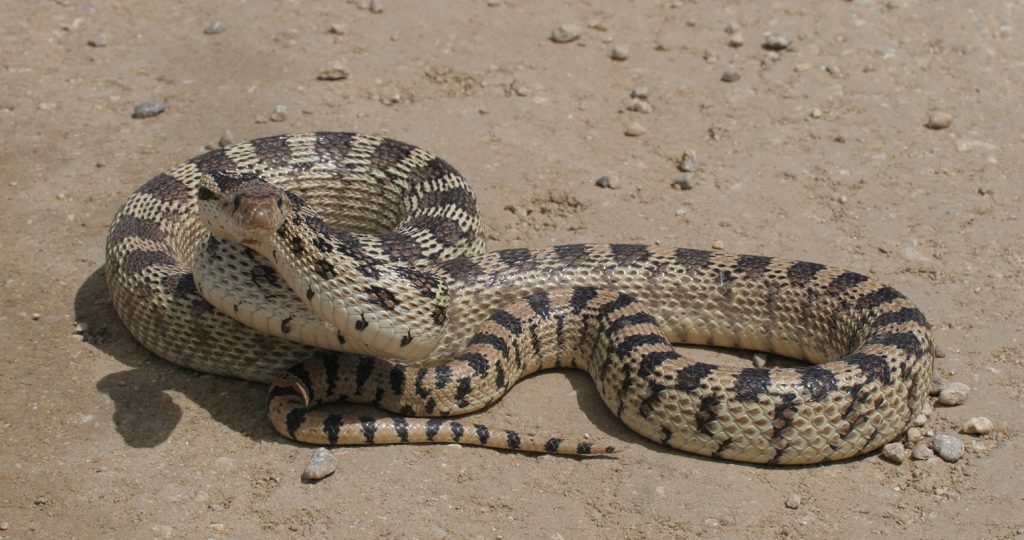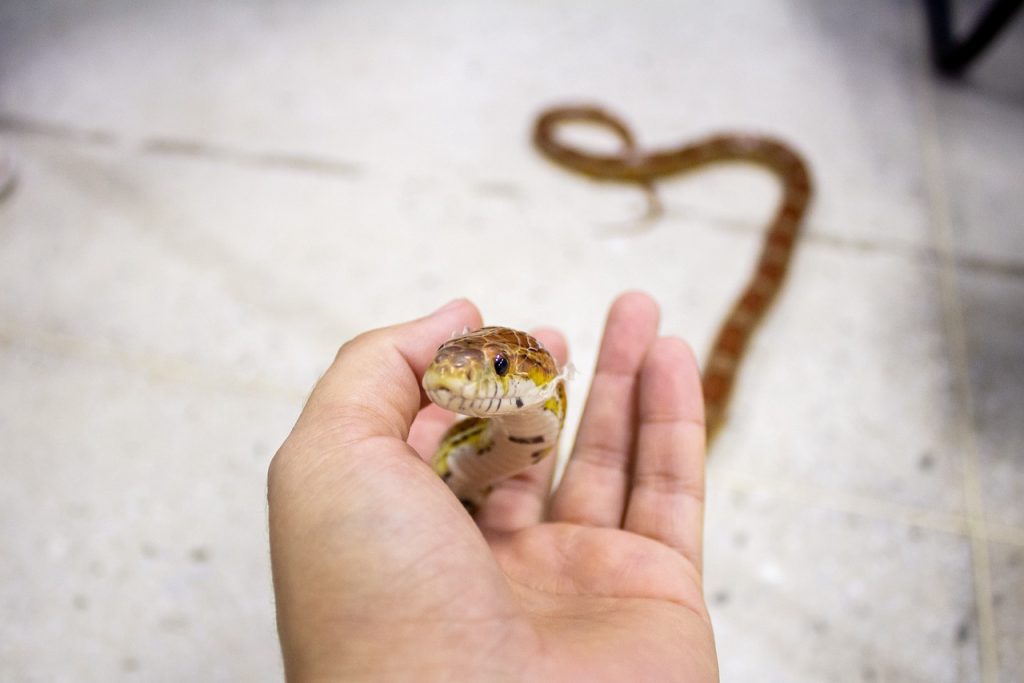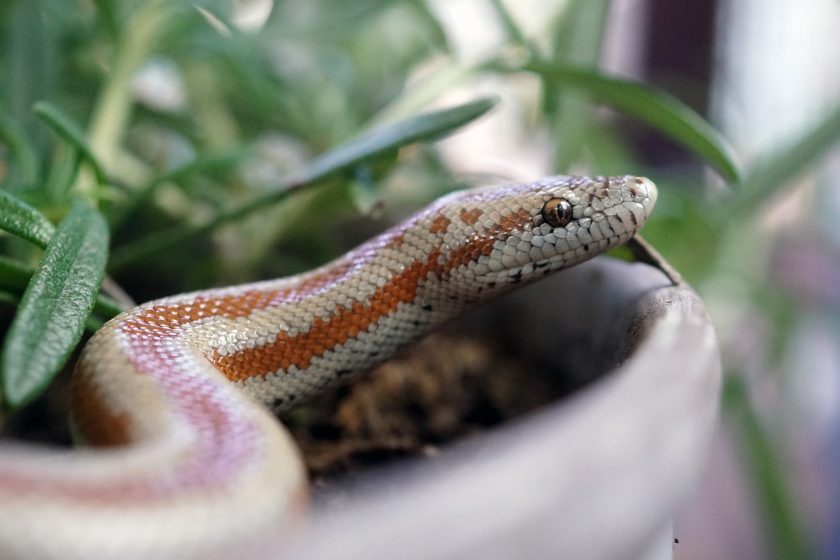When you think of a child’s pet, cats and dogs might pop into your mind – those adorable furballs. But have you ever considered a snake? Yes, a snake! The sparkle I’ve seen in a child’s eyes when they meet a snake is undeniable. The world of non-furry companions is expanding, and snakes – of specific breeds – are quickly becoming favorites. Now, if you’re raising an eyebrow and thinking, “A snake? For my child?” – I get it. But let’s look at some compelling reasons.
- Low Maintenance: Snakes are easygoing. Unlike our canine or feline buddies, they don’t need daily strolls or constant attention – a relief for many busy households.
- Educational: They’re more than just cool-looking. Owning a snake offers a hands-on lesson on reptile behavior and biology. Imagine your child’s curiosity igniting every time they observe their pet!
- Space Savers: No yard? No problem. These creatures are content with a well-set terrarium – perfect for houses and apartments.
- Longevity: Here’s a thought – with the right care, your snake might stick around for family events and milestones for decades. A long-term companion indeed!
Whether you’re a seasoned reptile enthusiast or a curious parent considering a snake for your child, this guide is tailored for you. Of course, not all snakes are suitable for young ones. So, let’s dive into the best options.
A List of the Best Snakes for Kids to Have as a Pet
So, you’re considering bringing a snake into your home? Great choice! According to the Reptile Database in their 2022 report – there’s a whopping 4,038 species of snakes out there. But which one might be the right fit for your family? Let’s slither our way through some top contenders.
1. Corn Snake
Native to the vast landscapes of North America – the Corn Snake has become quite the favorite in the pet world, especially for beginners and kids. Why, you ask?
- Temperament: These snakes are well-known for their docile nature. They’re not the aggressive type, making them perfect for kids just starting their reptile journey.
- Size: With an average length of 2-6 feet when fully grown – they’re neither too big nor too tiny. This manageable size ensures kids can handle them without feeling too overwhelmed.
- Care: Caring for Corn Snakes isn’t too demanding. A 20-40 gallon tank with a secure mesh lid is pretty much what they need for living. They also require regular feeding and specific temperature maintenance, which, I believe, can be a fantastic way for kids to learn about responsibility and the importance of routine.
- Lifespan: These beauties can live between 10-15 years, with some even reaching 20 years. This means they can grow alongside your child, becoming a cherished companion for years.
- Colors and Patterns: They’re a visual delight. They come in many colors and patterns, ensuring there’s a Corn Snake for every aesthetic out there.
Here are some of the various color combos you might encounter:
- Classic Red
- Albino
- Snow
- Caramel
- Lavender
- Black
- And so many more!
2. Ball Python
Another crowd favorite, the Ball Python, often becomes the top pick for many reptile enthusiasts. Here’s why I think they might be the perfect pet for your young one:
- Temperament: Known for their shy demeanor, Ball Pythons are truly gentle creatures. They’re not prone to biting, making them safe for kids.
- Size and Lifespan: They can range anywhere from 2 to 5 feet in length – with females usually edging out males in length. And the part you’ll love? They can stick around with your family for up to 30 years, sometimes even outdoing that!
- Care: They do come with their specific humidity needs and might sometimes turn into picky eaters. But, with the right guidance, even your kid can learn to cater to them effectively.
Now, one feature of Ball Pythons that truly stands out? Their broad spectrum of color and pattern combination. To give you a clearer picture, here’s a table showing off some of the different pattern combinations and their rarity:
| Pattern Combination | Rarity |
| Classic | Common |
| Spider | Rare |
| Clown | Uncommon |
| Albino | Common |
| Pinstripe | Uncommon |
| Mojave | Rare |
3. Rosy Boa

The Rosy Boa is truly a gem in the snake world. Thinking of starting your journey with these captivating creatures? Here’s why they might be the perfect addition to your family:
Temperament: Rosy Boas? Known for their docile nature. Their calm demeanor, perfect for kids, ensures safe handling and interaction.
Size: Averaging 2-3 feet, they strike the right balance. Not too big, not too small – just right for young hands to manage (and with a touch of adventure).
Availability: Here’s a heads-up: you might not spot the Rosy Boa in every big retail pet store. It’s a bit elusive, yes, but worth the hunt.
Care Routine: Want to ensure your Rosy Boa thrives? Follow this step-by-step care routine:
- Bedding: Opt for aspen shavings or newspaper (both work wonders).
- Hiding Spots: Essential for their sense of security in the enclosure.
- Water: Always fresh. Always available.
- Feeding: Offer them appropriately sized rodents. How often? Every 7-10 days.
- Cleaning: Regular is the key. Remove waste, change bedding – keep their space tidy.
- Temperature: Monitor it. Keep it comfy (within their comfort range).
Remember, with the right care, these beauties can be a delightful addition to any family.
4. Gopher Snake
The Gopher Snake might not immediately slither into your mind when you think of pet snakes. But let’s shed some light on this underrated reptilian gem!
Temperament and Size: They’re not the usual suspects in the pet snake world, but Gopher Snakes are gentle giants. These creatures can stretch between 3-8 feet – giving them a notable presence without being too much.
Care: Think of a 30-40 gallon terrarium, the right bedding, and a consistent feeding schedule. Their size? It might seem a bit much at first. But it’s a unique chance – especially for kids – to engage with a larger pet. This teaches them responsibility and care (on a slightly bigger scale).
Benefits of Welcoming a Gopher Snake into Your Home:
- Low maintenance: Stick to the basics, and they’re happy.
- Gentle nature: Big? Yes. Overwhelming? Not at all.
- Long lifespan: They’ll be part of your family for a while.
- Hypoallergenic: Perfect for those with allergies (a sneeze-free pet experience).
- Educational: A hands-on way for kids to dive into the world of reptiles and nature.
5. California King Snake
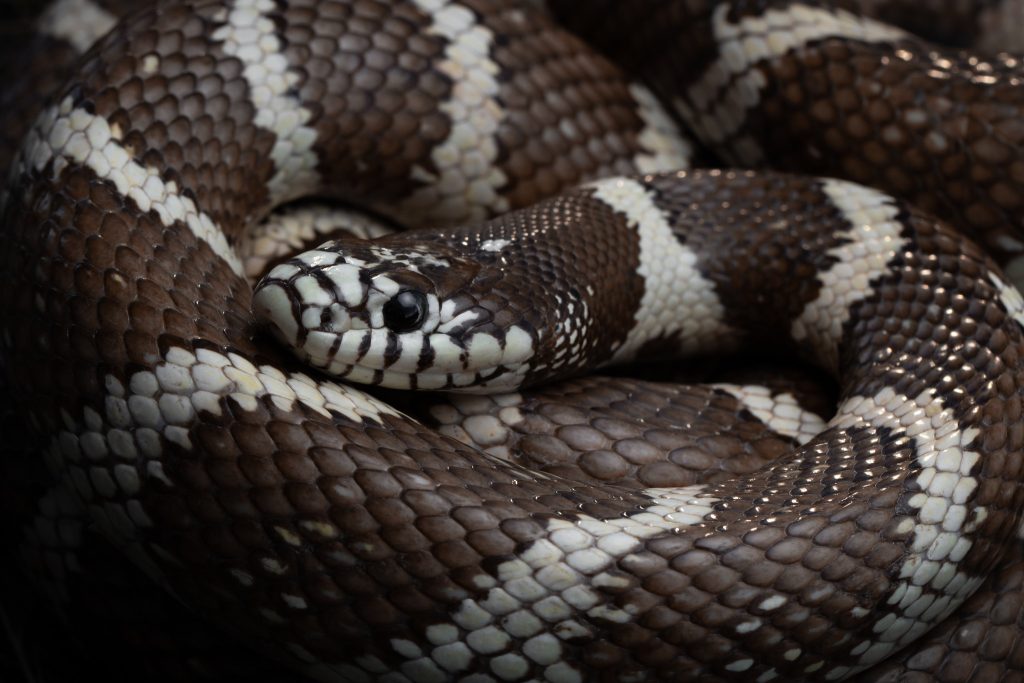
California King Snake The California King Snake – truly a royalty in the snake world. With its unique appearance and impressive longevity, this snake stands out.
- Appearance and Size: This snake is a visual delight – known for its striking patterns and colors. The maximum size of an adult snake can go more than 6 feet, but it typically grows to 3-4 feet (a manageable size for most families).
- Care: They come with specific feeding habits and terrarium needs. But with some research and dedication, caring for them isn’t too challenging.
Different Appearances and Patterns of the California King Snake:
| Pattern/Color | Description |
| Banded | Alternating bands of color, typically black and white or black and yellow. |
| Striped | Longitudinal stripes running from head to tail. |
| Speckled | Dotted patterns spread across their body. |
| Albino | Lacks black pigmentation, resulting in a white and yellow appearance. |
| Chocolate | Dark brown with lighter bands or stripes. |
What is the Most Kid-Friendly Snake?
Regarding kid-friendly snakes, the Corn Snake is the top pick – no doubt about it. Why? These North American natives are perfect for families for a few reasons. They are manageable, so they won’t suddenly become too big for comfort. Their nature? Docile and easy-going, making them great for handling. And when it comes to care? It’s pretty straightforward (you won’t be scratching your head figuring out their needs). So, if you’re hunting for a captivating and chill snake, the Corn Snake should be your only option.
What is the Best Snake for a Classroom Pet?
In a classroom, you’d ideally want a snake that’s easy to manage – think low-maintenance and non-aggressive. You’d also want one that doesn’t get stressed with all the classroom hustle or frequent handling. Now, I’ve got two snakes for you – the Corn Snake and the Ball Python.
The Corn Snake is a real charmer – easy to care for and with a calm nature. It’s perfect for those classroom show-and-tells. And the extra bit you might want to know? They’re quite the lookers with their vibrant patterns (always a hit with the kids).
Now, the Ball Python – a bit on the shy side but equally captivating. They hail from a humid climate (so you’d want their terrarium to reflect that). But once they get to know and trust humans? They seem to enjoy being handled genuinely. They’re saying, “Okay, we’re friends now.”
So, whether you lean towards the Corn Snake or the Ball Python, both are solid choices for a classroom setting. Just remember to give them the care they need, and they’ll be the star of your classroom in no time.
Comparing the Corn Snake and Ball Python for Classroom Settings:
| Feature | Corn Snake | Ball Python |
| Size | Typically, around 2-6 feet | Ranges from 2-5 feet |
| Temperament | Docile and friendly | Shy but gentle |
| Maintenance | Requires a 20-40 gallon terrarium, regular feeding, and specific temperature maintenance | They need attention to humidity and can be picky eaters. |
What is the Safest Snake Ever?
Safety first – especially with our beloved pets. When thinking of snakes, the safest ones are non-venomous, gentle by nature, and predictable. And guess who tops the list? The Corn Snake and Ball Python are both best in the non-venomous pet snake category and are renowned for their calm demeanor.
But here’s the thing – even the gentlest snake requires precautions:
- Always approach the snake slowly and calmly (no sudden moves!).
- Keep it calm – avoid loud noises.
- Before you lift – ensure the snake knows you’re there.
- Use both hands to support its body.
- Never handle a snake right after it’s eaten (they need their rest).
- Regular cleaning of the snake’s habitat is a must – it prevents health issues.
- Before and after handling – wash your hands (it’s a simple yet crucial step).
Snakes can be safe and charming pets. Whether you’re a reptile pro or just exploring, always put safety and well-being first for you and your slithery friend.
Pros and Cons for Kids Having Snakes as Pets
Considering the idea of introducing a pet snake into your child’s world? I’ve got you covered. Here’s a breakdown of what you can expect, good and bad.
Pros:
- Low Maintenance: You know how some pets – like dogs or cats – constantly need your attention? Snakes, on the other hand, are different. Change their bedding once a month (maybe even less, depending on the breed) and feed them weekly. That’s pretty much it!
- Relaxed Demeanor: Most popular pet snake breeds? They’re pretty chill. They love hanging out in their tank and usually won’t mind if you touch them – especially if you’ve been their buddy since they were young.
- Endlessly Fascinating: The way serpents move and interact with their environment is like watching a nature documentary in your living room. Ever seen a snake shed its skin? (It’s something to behold).
Cons:
- Dietary Requirements: Now, this one might be tricky for some. These creatures, you see, have a palate for rodents. Depending on your stomach (and heart), this could be unsettling.
- Warmth is Essential: Remember, they aren’t fans of the cold. Maintaining a temperature between 70 and 80 degrees Fahrenheit is crucial. You might need some extras – think heating lamps or pads.
- Fear Factor: Let’s be honest. Not everyone will be a fan. Got a family member or a visitor who’s a little squeamish? They might not share your enthusiasm for your slithery friend.
So, what do you think? Ready to welcome a serpent into your home?
What to Buy for a Pet Snake?
Here’s a guide on what to buy when considering a new scaly friend – a pet snake! 🐍
Terrarium
You’ll want to get this right – the size varies depending on the breed. Most snakes are good with a 20-gallon tank, especially when growing. However, always check according to your breed (some might need more space).
Heating Lamps
Snakes love warmth, and we need to help them with that. Heating lamps? A popular choice. You’ll want to maintain the right temperature (each species has its own comfort zone).
Snake Hide
I can’t stress this enough – it’s crucial. Think about it; snakes are experts at hide and seek in the wild. A hide in their terrarium gives them that sense of security and lets them follow their natural instincts.
Water Bowl
Hydration is key. Get a water bowl – and make sure it’s heavy (you don’t want your snake tipping it over). It should be easily accessible so your slithery friend can quench their thirst whenever.
Food
The main item on their menu? Rodents. But remember, depending on the snake breed, the size and frequency of meals will differ. Always stay informed (it’s all about giving them what they naturally crave).
There you have it! With these essentials, you’re all set to welcome your pet snake and ensure they have everything they need.
Take Care!
Choosing the right snake breed for kids is not just a decision but a responsibility! The idea of a snake – that slithery, cold-blooded creature – can initially seem daunting (and even a bit scary). But guess what? With the right pick – snakes can be truly extraordinary pets. As a veterinarian and reptile enthusiast, guiding families to make informed choices about these fascinating creatures is close to my heart. These aren’t just animals; they’re potential members of your family! And I believe wholeheartedly – that with the right guidance and a sprinkle of knowledge, a snake might become your household’s perfect new member.
I’d love to hear your thoughts if you found this article helpful. Comment below and share the love with others who might benefit from this guide!

